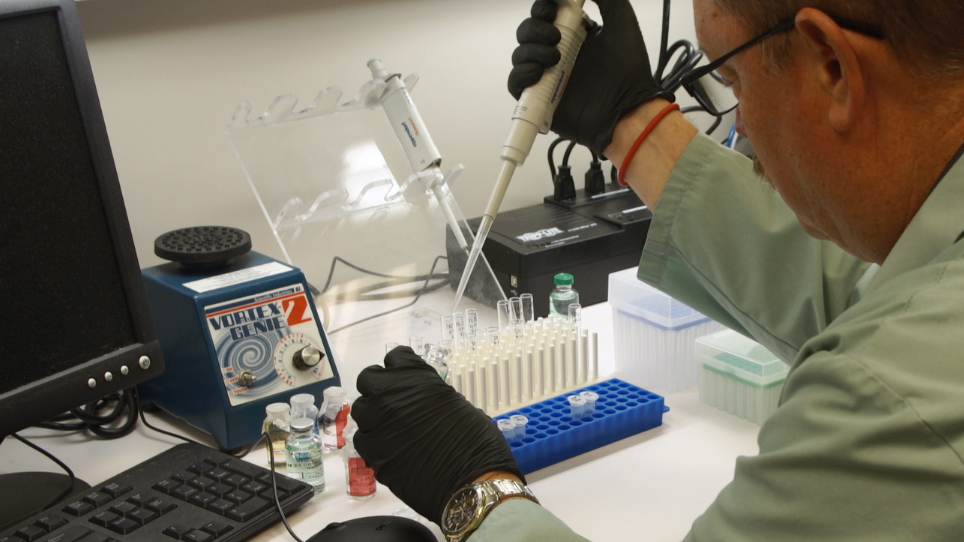/
/
Catalytic Scavenging of Plant Reactive Oxygen Species In Vivo by Anionic Cerium Oxide Nanoparticles
A subscription to JoVE is required to view this content. Sign in or start your free trial.
JoVE Journal
Bioengineering
Catalytic Scavenging of Plant Reactive Oxygen Species In Vivo by Anionic Cerium Oxide Nanoparticles
Chapters
- 00:04Title
- 00:42Synthesis and Characterization of PNC
- 03:19Infiltration of Plant Leaves with PNC
- 04:48Preparation of Leaf Samples for Confocal Microscopy
- 05:51Imaging PNC in vivo ROS Scavenging by Confocal Microscopy
- 07:25Results: Analysis of Anionic Cerium Oxide Nanoparticles and their ROS Catalytic Scavenging Activity In vivo and In vitro
- 09:08Conclusion
Here, we present a protocol for the synthesis and characterization of cerium oxide nanoparticles (nanoceria) for ROS (reactive oxygen species) scavenging in vivo, nanoceria imaging in plant tissues by confocal microscopy, and in vivo monitoring of nanoceria ROS scavenging by confocal microscopy.










